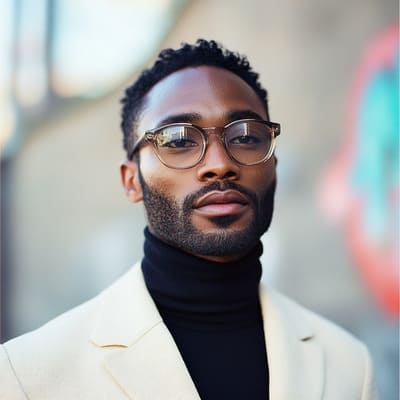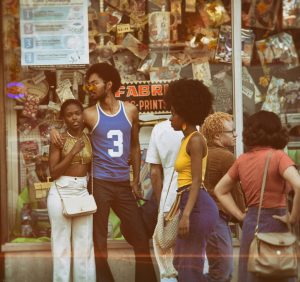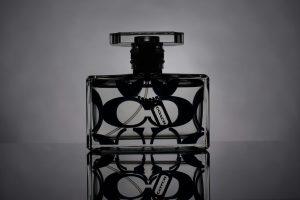The Rise of Adaptive Fashion: Inclusive Design for All Bodies
As society becomes more inclusive and diverse, the fashion industry is also adapting to cater to all bodies and needs. The rise of adaptive fashion has brought about a much-needed change in the industry, with more and more brands embracing the concept of inclusive design. This shift towards creating clothing that can fit and accommodate diverse bodies has not only improved accessibility for individuals with disabilities but has also challenged societal beauty standards. In this article, we will explore the concept of adaptive fashion and how it is leading to a more inclusive and diverse fashion industry.
The Need for Adaptive Fashion
For a long time, the fashion industry has been criticized for promoting a narrow idea of beauty. Models on runways and in advertisements are often tall, thin, and able-bodied, creating an unrealistic and exclusionary standard. But the reality is that not everyone can fit into this “ideal” body type. Individuals with disabilities or different body shapes and sizes often struggle to find clothing that fits them properly and is also stylish. This lack of inclusivity has left a significant portion of the population feeling unrepresented and ignored by the fashion industry.
The need for adaptive fashion arose from this exclusion and the realization that one size cannot fit all. Adaptive fashion aims to create clothing that can be easily worn and used by individuals with disabilities or specific body needs. This includes modifications such as adjustable waistbands, magnetic closures, and easy-to-use zippers, making it easier for individuals with mobility issues to dress themselves. By making these changes, adaptive fashion has proved to be a game-changer for many with disabilities, giving them the opportunity to express themselves through clothing just like anyone else.
The Rise of Inclusive Design
Designing for All Bodies
The foundation of adaptive fashion lies in inclusive design, which means designing for all bodies and abilities. Inclusive design is not about creating a separate line of clothing for individuals with disabilities; instead, it is about making mainstream clothing accessible to everyone. This requires a significant shift in the design process, where designers use creativity and innovation to accommodate different body shapes and needs without compromising on aesthetics.
Designers are now incorporating adjustable elements and adaptable features into their designs, making them accessible to a wider range of individuals. For example, Universal Standard, a size-inclusive brand, has introduced a feature where their clothing can be adjusted to fit different body sizes and shapes, making it accessible to people of all sizes. Similarly, Nike has launched a fully hands-free sneaker, FlyEase, to cater to individuals with disabilities.
Promoting Inclusivity through Representation
Another essential aspect of inclusive design is representation. It is crucial for people with disabilities to see themselves represented in mainstream media and fashion. By including models and individuals with disabilities in their campaigns and runway shows, brands are challenging traditional beauty standards and promoting diversity and inclusivity. This representation not only helps individuals with disabilities feel seen and accepted but also educates the general public on the importance of inclusivity.
The Impact of Adaptive Fashion
The impact of adaptive fashion goes beyond just providing clothing for individuals with disabilities. It is a step towards a more inclusive and diverse society, where everyone is represented. It is also breaking down societal beauty standards, promoting self-love and acceptance. By introducing adaptive fashion, brands are also tapping into a lucrative market, estimated to be worth billions of dollars, that has been long ignored by the fashion industry. This shows that adaptive fashion is not just a trend but a necessary change in the industry.
In Conclusion
The rise of adaptive fashion has brought about a significant shift in the fashion industry, promoting inclusivity and diversity. By incorporating inclusive design and representation, brands are making a positive impact on society and challenging conventional beauty standards. With more and more brands joining the movement, we can expect to see a future of fashion that is truly inclusive and caters to all bodies and needs.









